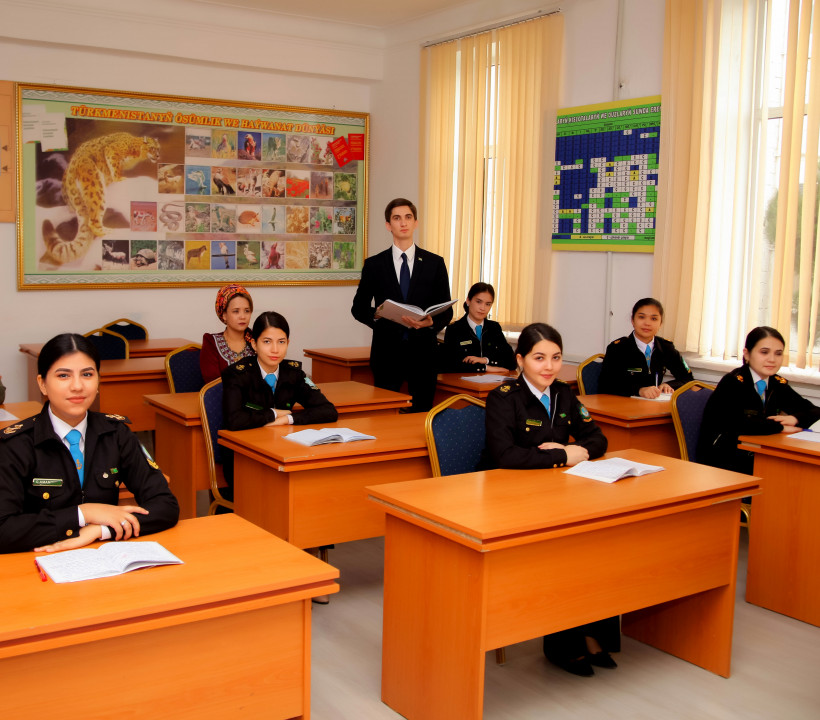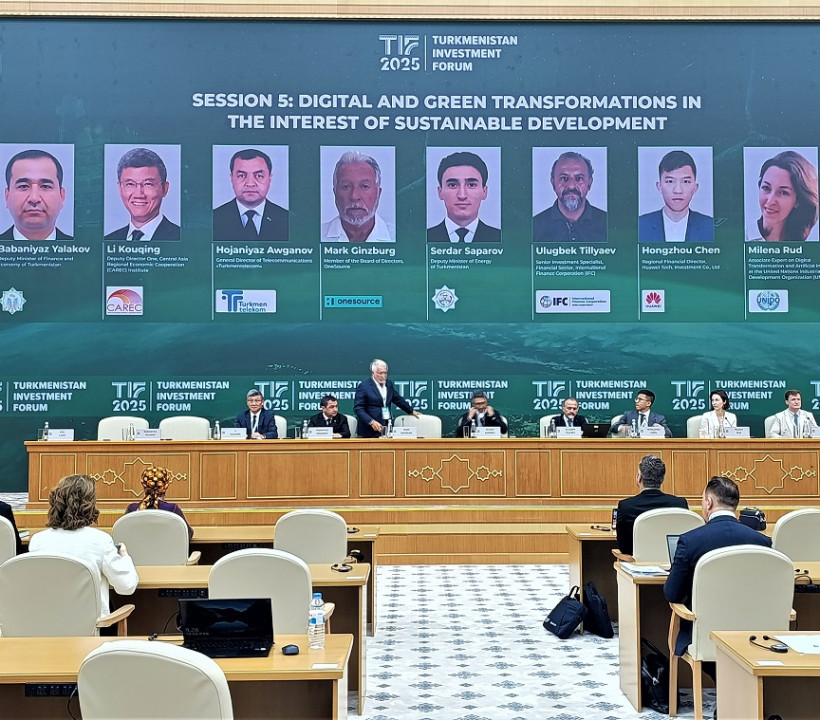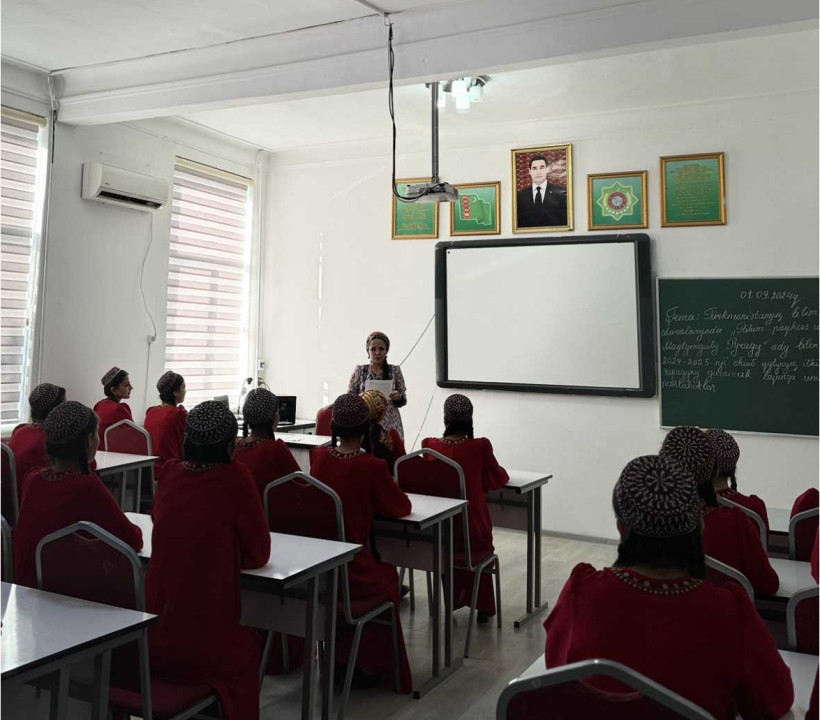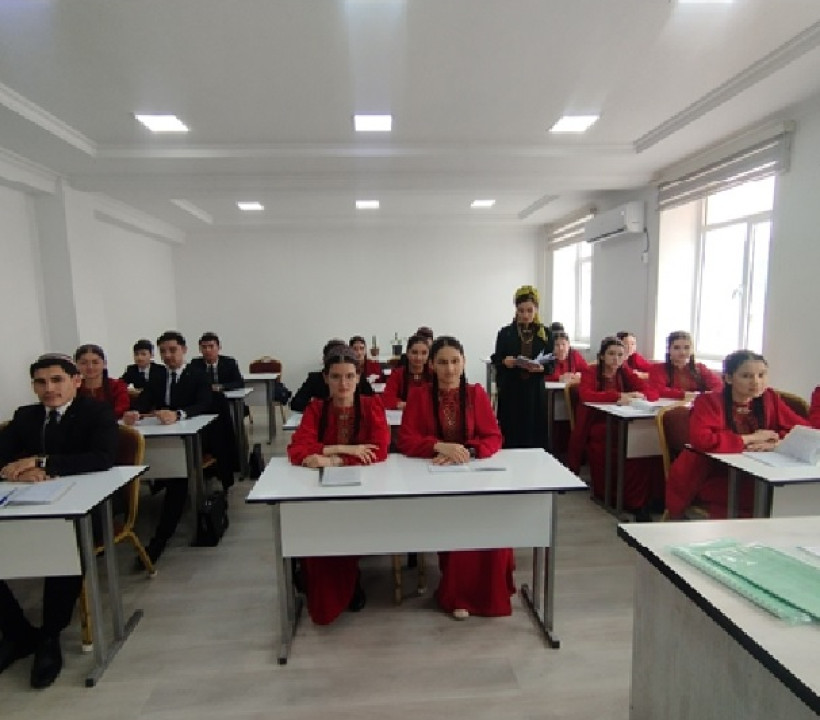THE EDUCATIONAL SYSTEM IN OUR COUNTRY

Under the leadership of our esteemed President, our country is confidently moving forward on the path of building and creating on the basis of humanitarian principles. As a result, the living standards of our people are constantly rising. As a result of the scientifically based foresight policy and initiatives of the President, great achievements are being made in our national economy and public life. One of the priorities of the state policy is to bring the national education system in our country to the level of developed countries in terms of structure and content, healthy development of the younger generation, modern education and good recreation, creation of all conditions for science. In line with the high tasks set by the state programs adopted by our national leader, the systematic implementation of new technologies and technical equipment that meet world standards in the field of education is being successfully carried out.
At the heart of all development is knowledge. Therefore, special attention is paid to this system. In our country, the foundation of education is being firmly established and its legal framework is being strengthened. Particular attention is paid to the development of international educational cooperation, the study of the positive experience of the world's leading countries in this field and the introduction of them in line with national standards. These activities range from the initial stage of education to higher education.
It would be more appropriate to mention that there are higher and secondary vocational schools that have been opened in recent years by the decrees of the President of Turkmenistan. In particular, special educational institutions have been opened and put into operation in our country, which are aimed at training specialists who are working in special industrial sectors that are newly formed or are being developed on a large scale. It is worth noting that the list of the first such schools has a Marine Secondary Vocational School in Turkmen.
As is known, the development of the transport and communications sector in our country has been accelerated by the foresight policy of our esteemed President. The long line of railways within our state has been combined with the railways of neighboring states, making a significant contribution to the further strengthening of friendly relations between the peoples of the world. All the international airports in the territory of our Motherland have been completely renovated and modernized, and a new and unique airport has been built and put into operation in the capital. In particular, under the leadership of our Hero Arkadag, the "sea gate" of our country has been repaired and a new, beautiful Turkmenbashi International Sea Port has been built and put into operation. By the way, the work done for the development of the transport and communications sector of our country, including the development of the sea and river transport system, was carried out under the leadership of our dear Arkadag, and this work is still successfully carried out.
Maritime Secondary School in Turkmenbashi is also a direct training school for specialists in this field. Mainly at the institute, the system is accepted for students in the specialties such as “Ship Driving”, “Using Ship Power Structures”, “Ship Construction”, “Operational Operations in Logistics” and provides specialized secondary education. In this regard, teachers are specially trained and conduct theoretical knowledge in conjunction with their learning experiences. The training is organized in special sections of the Turkmenbashi International Seaport and in new ships donated by the President to Turkmen sailors. This also has a positive impact on the fact that young people who have graduated from high school have grown up to be young professionals who can fully master the equipment of advanced technology.
We, in turn, assure you that we will continue to work diligently and diligently to the best of our ability, based on the concerns of our Hero Friend in the development of education in our country, in the training of young professionals.
Biz hem öz gezegimizde ylymly-bilimli ýaş hünärmenleri ýetişdirmekde Gahryman Arkadagymyzyň ýurdumyzda bilimi ösdürmek barada edilýän aladalaryndan ugur alyp, mundan beýläk-de yhlasly işlejekdigimize, ukyp-başarnygymyzy gaýgyrman zähmet çekjekdigimizi ynandyrýarys.
Expressing heartfelt congratulations to the President for his large-scale work, we wish him a safe and prosperous life in the name of our Hero Arkadag, and always wish him success and prosperity in his great initiatives for the benefit of the nation and humanity!
Turkmen Silk Road Newspaper N25 (6050) 20.06.20200ý
Durdyýew Gapur
Türkmenbaşy şäherindäki Deňizçilik orta hünär okuw mekdebiniň mugallymy





